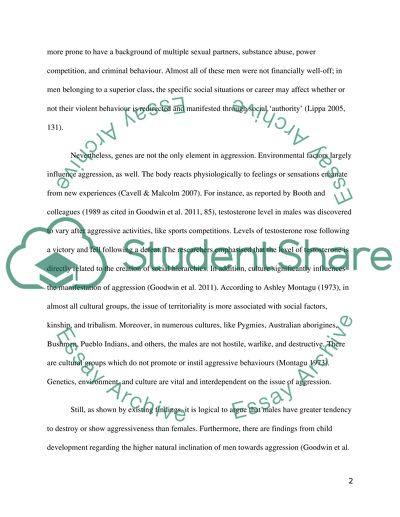Cite this document
(“The Aggressive Instinct in Freudian Rhetoric Essay”, n.d.)
Retrieved from https://studentshare.org/sociology/1395870-the-aggressive-instinct-in-freudian-rhetoric
Retrieved from https://studentshare.org/sociology/1395870-the-aggressive-instinct-in-freudian-rhetoric
(The Aggressive Instinct in Freudian Rhetoric Essay)
https://studentshare.org/sociology/1395870-the-aggressive-instinct-in-freudian-rhetoric.
https://studentshare.org/sociology/1395870-the-aggressive-instinct-in-freudian-rhetoric.
“The Aggressive Instinct in Freudian Rhetoric Essay”, n.d. https://studentshare.org/sociology/1395870-the-aggressive-instinct-in-freudian-rhetoric.


